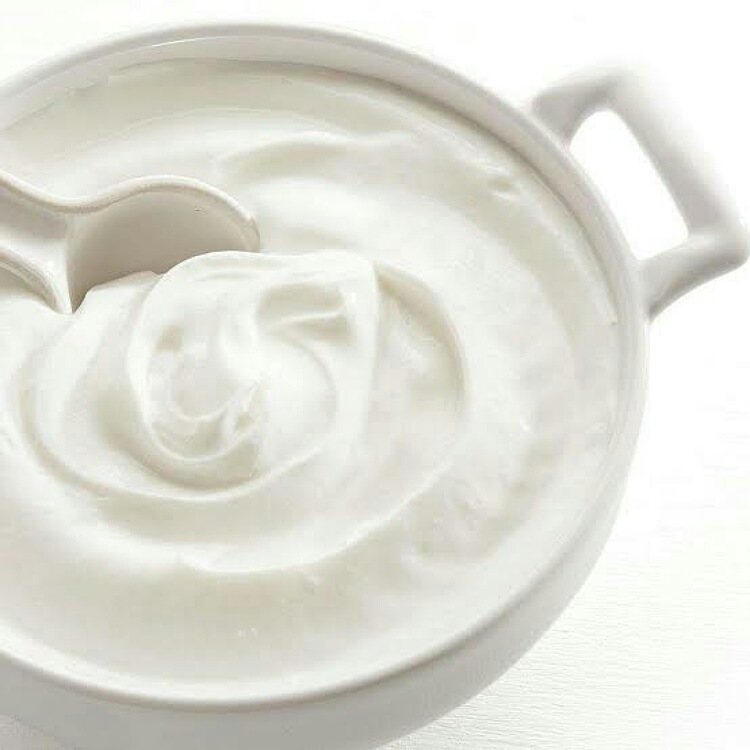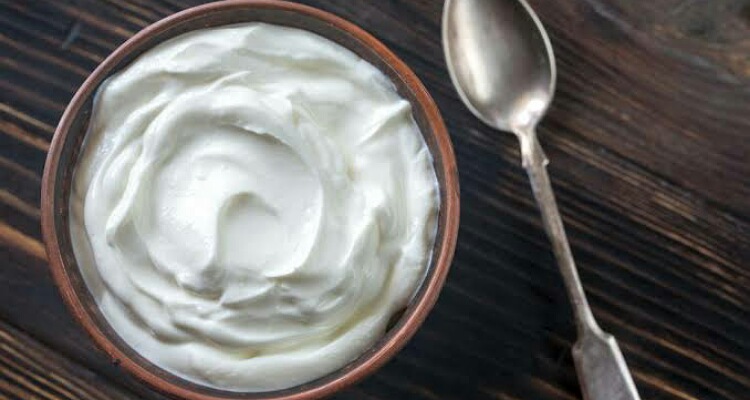Sometimes foods have fancy names that make you in awe of it. But when you read into the depths of the product, you realize that it is not much different from what you are regularly eating every day.
Greek yoghurt is one such product that you often find on supermarket shelves. And it is more expensive than regular yoghurt. So what is the difference between these two types of yoghurt?
Greek Yoghurt: Why is it called so?
Greek Yoghurt is regular yoghurt that has been strained to remove the whey but retains the casein of the yoghurt. Thus it is a thicker form of yoghurt and hence more nutrition-dense.
Hence it is also called Strained yoghurt or hung yoghurt. But though it has the name of the Greece nation attached to it, it did not originate in Greece.
Its origin is somewhere in the Middle East or probably in Turkey. Hence many also call it Mediterranean-style yoghurt. It is available in Greece as well under the name strategist.

The name stuck to this dense yoghurt after the Greek company Fage started a marketing scheme to divert sales of the traditional American yoghurt called Yoplait in its favour.
It wanted people to know that its yoghurt is different and hence the name. And who does not like Greek or exotic foods? And this trick helped them to pick up sales in the USA.
The making of this yoghurt
To make yoghurt, you need to convert milk into it with the help of live cultures of the beneficial bacteria. These bacteria act on the sugar of the milk and ferment it to produce an acid.
Milk curdles to form casein and whey. The whey is liquid and nutritious. It can be used to make soups and smoothies.
In Greek curd, the whey is sieved out to produce a thicker variety of curd that has less sugar and more proteins. It gets thicker consistency with a creamier look and a tart taste.
Some commercial yoghurts of this type add thickening agents to the regular curd and call it Greek curd. But this does not have nutrients like the original Greek curd. They label it as Greek-style yoghurts.

To make it, boil milk and cool it to a lukewarm temperature. Take the live culture of the beneficial bacteria or curd. To this, add half of the lukewarm milk and stir well.
Add the remaining milk and mix thoroughly. Cover the container with a cloth and keep it in a warm place for 4 to 8 hours or overnight. Do not disturb this container or agitate it. Otherwise, curd formation will be imperfect.
After the fermentation time, the curd will form. Use a Muslin cloth to strain out the excess water. This gives rise to Greek curd. Since it requires additional effort and has more nutrition, it is more costly.
Health benefits of Greek curd
Greek curd has extra proteins, calcium, probiotics, vitamin B12, and iodine compared to regular curd. These make it beneficial for health. Its protein content makes the consumer feel full for a longer time.
Hence it cuts down on hunger. Hence people take less of other foods. This assists in weight loss. The yoghurt can improve bone health and reduce the risk of osteoporosis due to its high calcium content.
It might help improve gut health. But the results of the studies on it have yielded contradictory results.

This yoghurt improves mental health and reduces chances of anxiety, depression, and stress. Muscle mass is improved. The research on eating this yoghurt and its impact on blood pressure and heart were inconclusive. It lowers the risk of type 2 diabetes mellitus.
Also, read here about Mindy Kaling and her weight loss journey! Did she do dieting?
One can have the Greek curd at breakfast or as a dessert. You can use it as a topping or dip. You can spread it on bread or use it with rice or risotto.
It can serve as a sauce or can be put in salads. Whatever way it is taken, it is a healthy and nutritious diet.
